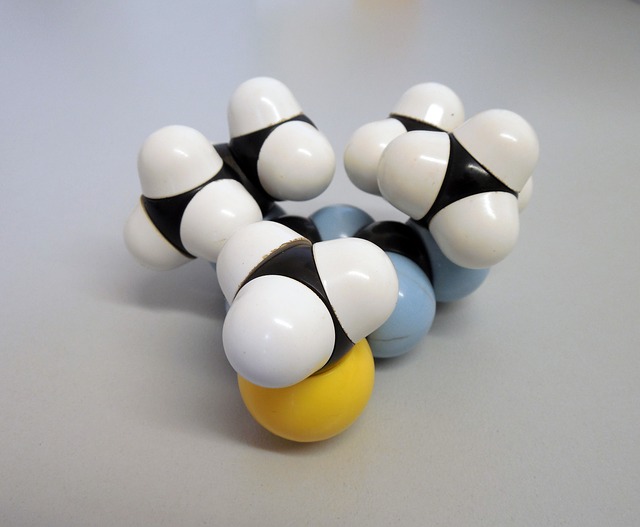If science has its way, carbon-based life forms may soon be taking second place to silicon, new research has proved. Scientists from Caltech have successfully propagated bacteria that can bond with silicon, demonstrating that life can be made up of some very unusual materials.
The subject of whether or not silicon can be used as a basic building block to create life, rather than carbon, has long been a controversial topic, News.com.au reports.
The process of bonding silicon and carbon atoms is not new for science; it has been used in making paints all the way to advanced electronics. In theory, there’s no reason why silicon, which is one of the universe’s most common elements, should not be able to serve as a foundation for life.
On Earth, however, nothing of the sort has ever been found naturally. Jennifer Kan, a researcher from Caltech, says,
No living organism is known to put silicon-carbon bonds together, even though silicon is so abundant, all around us, in rocks and all over the beach.
Silicon and carbon share many of the same chemical properties. Specifically, silicon can bond with up to four atoms at the same time, forming molecule chains that make up proteins and DNA.
The researchers’ test subject was bacteria named Rhodothermus marinus, found in the hot springs of Iceland. The bacteria has the enzyme cytochrome c, which researchers believe could be used to attach silicon to carbon.
They isolated the enzyme and inserted it into E. coli bacteria to see what would happen. At first, there were no changes. But as the E. coli reproduced, the third generation yielded results – the bacteria was bonding silicon more effectively compared to synthetic processes.
Frances Arnold, a professor of chemical engineering, bioengineering and biochemistry says, “We decided to get nature to do what only chemists could do — only better.” She compares it to breeding racehorses. “A good breeder recognises the inherent ability of a horse to become a racer and has to bring that out in successive generations. We just do it with proteins.”
The process proves that in the right conditions, life can be taught to incorporate silicon into its base components, and can be used for a multitude of practical applications, including improved production for chemicals, medicines and fuels.
“This study shows how quickly nature can adapt to new challenges,” Arnold says.
The study was published in the journal Science.
























